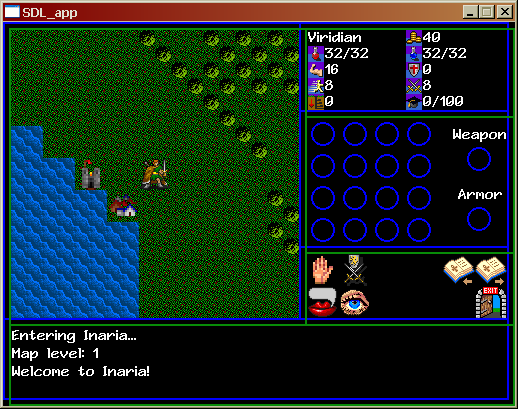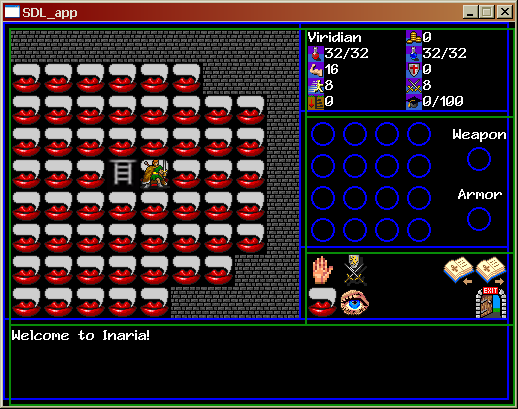I regularly listen to Gamespot’s Hotspot podcast. They’d been poking merciless fun at Stefan Eriksson for a while, but with his arrest it looks like that story is over (for now). On April 11th’s podcast, the guys briefly mentioned Warthog Studios and how it sucked that Gizmondo’s sleazy execs managed to take us down with them.
So I sent them a short email thanking them for mentioning Warthog positively and not lumping us in with the seedier aspects of Gizmondo.
And what do you know, they quoted it on yesterday’s podcast, and even mentioned the URL of this site! That was darn nice of them.


